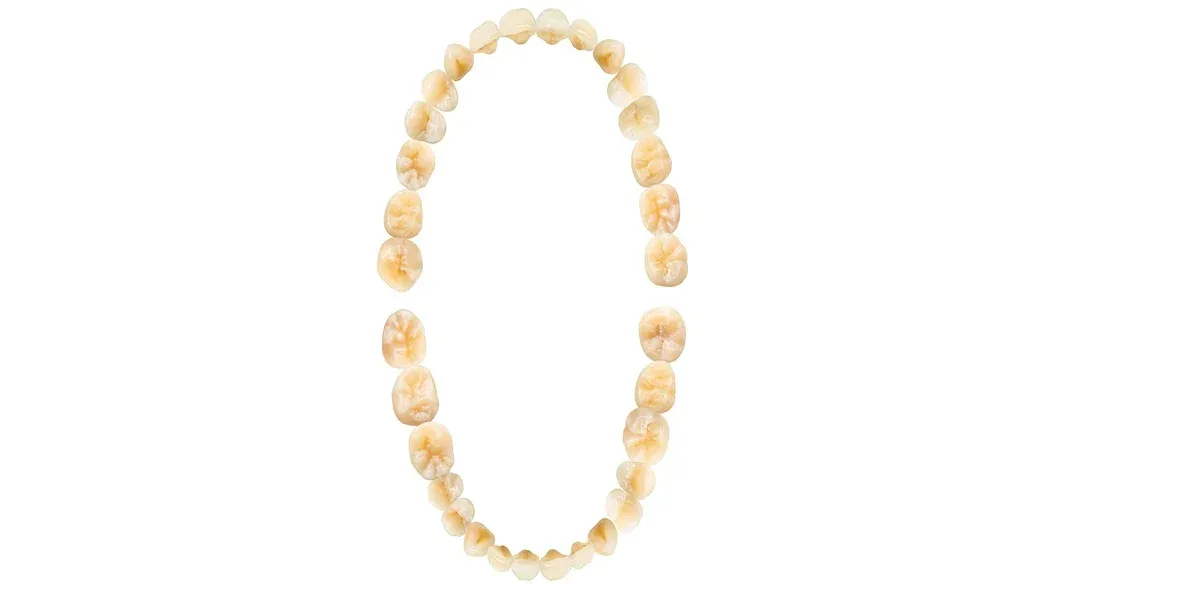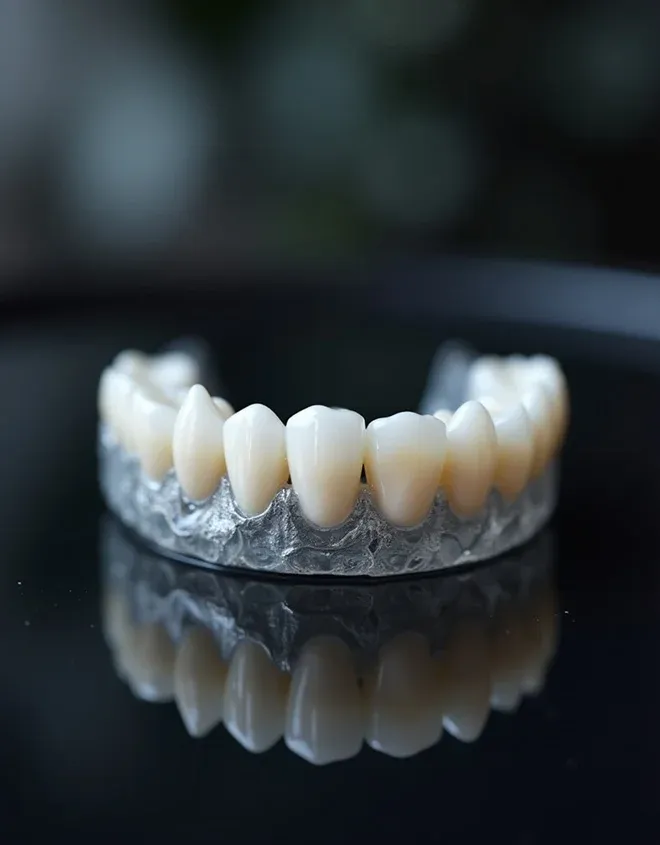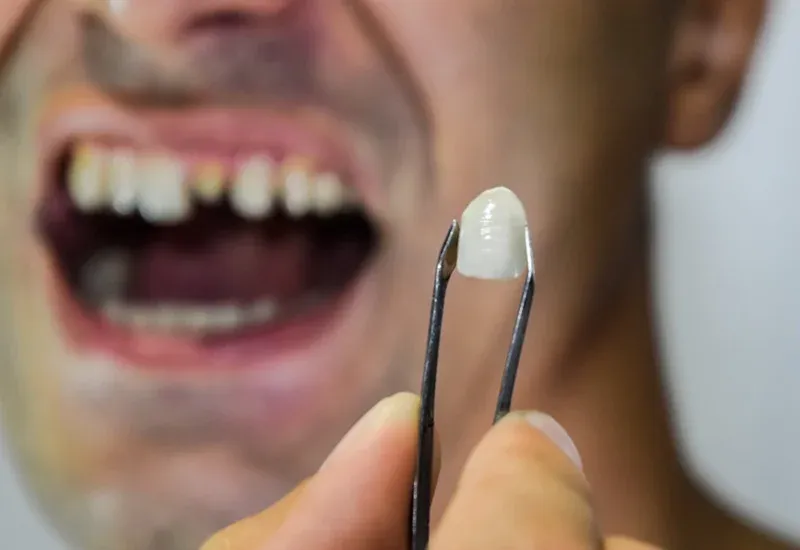Implant dentistry
CEREC Crowns vs. Traditional Crowns: Which is Right for You?

by Dr. Kang
19 February 2025

Dental crowns are a common restorative solution for people dealing with damaged, decayed, or broken teeth. Whether you need a crown for functional reasons, like protecting a weakened tooth, or cosmetic purposes, crowns can restore your smile and improve your oral health. However, the decision between CEREC crowns and traditional crowns isn’t always straightforward.
Each type of crown offers distinct advantages, from the convenience of same-day treatment to the durability of traditional methods. Understanding these differences can help you make an informed decision that fits your needs, schedule, and budget.

What Are CEREC Crowns?
CEREC crowns, or Chairside Economical Restoration of Esthetic Ceramics, are a modern option in restorative dentistry. Using CAD/CAM technology, CEREC crowns are designed, milled, and placed in a single dental visit. The process begins with a digital scan of your damaged tooth, creating a 3D model that guides the design and production of the crown. Once milled from a ceramic block, the crown is bonded to your tooth, restoring its function and appearance.
This streamlined process eliminates the need for temporary crowns and multiple appointments, making it a popular choice for patients who value convenience and efficiency.
What Are Traditional Crowns?
Traditional crowns are a tried-and-true method of restoring teeth. They require a more involved process, beginning with an initial visit where the dentist prepares the tooth and takes an impression. This impression is sent to a dental lab, where the crown is custom-made. While waiting for the permanent crown, a temporary crown is placed to protect the tooth.
The final crown is typically ready within two to three weeks, at which point you’ll return for a second appointment to have it fitted and bonded. Traditional crowns offer a wider range of material options, including metal, porcelain, and zirconia, making them a versatile solution for various dental needs.

CEREC Crowns vs. Traditional Crowns
Let us take a look at some of the key differences between both types of crowns:
1. Time and Convenience
CEREC crowns are designed for patients who want quick results. The entire process is completed in one visit, often within two hours. There’s no need for temporary crowns or follow-up appointments, which can be a significant advantage for those with busy schedules.
In contrast, traditional crowns require multiple visits. After the initial appointment, you’ll wear a temporary crown while waiting for the permanent one to be fabricated in a lab. This process typically takes two to three weeks, which may be inconvenient for patients who prefer faster solutions.
2. Material and Durability
CEREC crowns are made from ceramic, a material known for its natural appearance and durability. While ceramic is strong enough for most teeth, it may not be as tough as other materials, such as zirconia or metal, which are options for traditional crowns. Traditional crowns made from these materials may be a better choice for molars that endure heavy chewing forces.
3. Aesthetics
Both CEREC and traditional crowns offer excellent aesthetics, but there are differences. CEREC crowns are crafted from high-quality ceramic that closely mimics the color and translucency of natural teeth. They are ideal for front teeth and other visible areas.
Traditional crowns provide additional options, such as porcelain-fused-to-metal, which offers a balance of strength and appearance. These choices allow dentists to make the crown to the specific needs and preferences of the patient.
4. Cost Considerations
The cost of CEREC crowns is often comparable to traditional crowns, but it can vary based on location and technology. While CEREC crowns eliminate lab fees and multiple visits, the technology itself can make them slightly more expensive upfront.
Traditional crowns may involve additional costs for lab work and temporary crowns, but they offer flexibility in material choices, which can impact the overall price. Insurance coverage may also differ between the two options, so it’s important to discuss this with your dentist.
Key Benefits of CEREC Crowns
CEREC crowns offer a modern, streamlined approach to dental restorations. They are designed for patients who value speed, precision, and a natural look.
Convenience
The most significant advantage of CEREC crowns is their same-day completion. The process is finished in a single visit, saving time and eliminating the need for temporary crowns. For people with busy schedules, this makes dental care far more manageable.
Precision
Digital imaging technology helps every crown fit perfectly. The 3D scanning process captures the exact details of your tooth, creating a custom fit. This precision improves comfort and functionality, reducing the likelihood of future adjustments.
Natural Appearance
CEREC crowns are made from high-quality ceramic. The material closely resembles the color and translucency of natural teeth, blending seamlessly with your smile. This makes them a popular choice for visible teeth like the front incisors.
Minimized Disruption
The quick, efficient process is ideal for patients who want to minimize interruptions in their daily lives. There’s no need for multiple appointments or dealing with temporary crowns that might loosen or feel uncomfortable.
Key Benefits of Traditional Crowns
Traditional crowns remain a reliable choice for more complex dental restorations. They offer material flexibility and durability, making them suitable for a wide range of needs.
Material Flexibility
Traditional crowns provide options like zirconia, porcelain-fused-to-metal, or all-metal designs. These materials offer varying levels of strength, making them a great choice for molars and teeth that endure heavy biting forces.
Proven Reliability
Traditional crowns have been used in dentistry for decades. Their track record of success makes them a trusted option for restoring teeth, especially in cases requiring extensive repairs.
Custom Aesthetics
With traditional crowns, you can achieve a balance of strength and appearance. Porcelain-fused-to-metal crowns, for example, offer durability while maintaining a natural look. This flexibility makes them suitable for both functional and aesthetic purposes.
Better for Complex Cases
For teeth with significant damage, traditional crowns provide more options for restoration. Their adaptability allows dentists to address unique challenges, such as significant structural loss or alignment issues.
Factors to Consider When Choosing Between CEREC and Traditional Crowns
A good professional understands exactly when each type of crown is beneficial to the patient. Let us take a look at some of the most important factors:
1. Your Schedule
If time is a concern, CEREC crowns offer unmatched convenience. For those who don’t mind multiple visits, traditional crowns may be easier to customized.
2. The Tooth’s Location
The location of the tooth plays a role in determining the best crown. Front teeth benefit from CEREC’s aesthetic focus, while molars may require the strength of traditional materials.
3. Budget and Insurance
Discuss costs and insurance coverage with your dentist to understand how each option fits your budget. While CEREC crowns may have a higher upfront cost, traditional crowns can involve additional fees for lab work.
Conclusion
Choosing between CEREC crowns and traditional crowns depends on your specific needs, priorities, and dental health. Both options offer reliable solutions for restoring damaged teeth, but each comes with its own advantages.
Talk to your dentist to discuss your options and receive a recommendation that is more suited to your situation. Whether you opt for the speed and convenience of CEREC crowns or the material flexibility of traditional crowns, you can achieve a long-lasting and confident smile.
FAQs
Will CEREC Crowns Last as Long as Traditional Crowns?
Yes, CEREC crowns are durable and can last many years with proper care. However, for teeth that endure heavy biting or grinding, traditional materials like zirconia may offer added longevity.
Do Traditional Crowns Take Too Long?
While traditional crowns take longer, the time investment allows for additional customization. Temporary crowns make sure your tooth is protected during the waiting period.
Are CEREC Crowns Covered by Insurance?
Coverage varies by policy. It’s best to check with your insurance provider and dentist to understand what is included.
Who Should Choose CEREC Crowns?
CEREC crowns are ideal for patients who value convenience and need a quick solution. They are perfect for visible teeth, where aesthetics are a priority, and for those who want to avoid multiple appointments.
Who Should Choose Traditional Crowns?
Traditional crowns are better suited for patients who need stronger materials or have more complex dental issues. They are also a good option for molars and back teeth, which require added durability.
Contact your Dentist today, Dr Kang at Redwood Dental Napa, to learn more about CEREC Crowns vs. Traditional Crowns.
Resource:
Share This:
Disclaimer
*This media/content or any other on this website does not prescribe, recommend, or prevent any treatment or procedure. Therefore, we highly recommend that you get the advice of a qualified dentist or other medical practitioners regarding your specific dental condition. *

